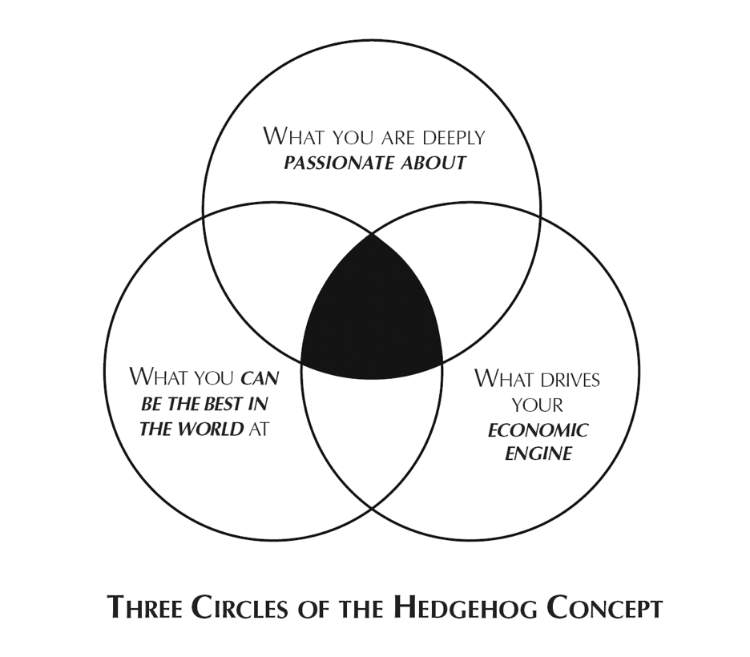Storytelling and Content Marketing
Business storytelling is an excellent way to support your brand. It is an important part of any content marketing strategy you may have, but it isn’t as simple as it sounds.
Everybody loves a good story, but its “goodness” largely depends on its delivery and your audience. You might have realized this on your own when you tried to tell a joke you heard from Robin Williams or Gabriel Iglesias, and it wasn’t quite as funny as when you heard it the first time.
It could’ve been because your timing was off, or the joke was not appropriate for your audience. After all, humor is highly subjective. What might be funny for 30-year-old may be simply offensive to a 50-year-old, and what might be hilarious to an all-male audience may sound insensitive or stupid to a female audience.
Of course, the joke itself is important, and stand-up comedians put a lot of time and effort into refining their brand of humor to target certain audiences. They probably bombed on their first attempts, but they learned along the way. They develop a keen sense of what will please their audience after many years of making mistakes before they hit the right formula.
Brand storytelling is much the same. It takes years to find the right formula to create good stories for your brand that resonate with your target audience. It is not something you will get right the first time, or even the second or third time. However, if you leverage content marketing frameworks to develop your creative business storytelling strategy, you should be able to succeed in finding a formula that keeps your target audience engaged. Here are some frameworks that can help you in developing your brand storytelling techniques.
Spaghetti Blogging
No, this framework isn’t about writing blog articles on spaghetti that will wow your audience. This is the tongue-in-cheek name given to a brand storytelling framework for beginners who find themselves lost and confused amidst the seemingly endless permutations for the best content.
These are questions that you can start with:
- What (topic)
- Why (purpose)
- When (frequency)
- Who (target audience)
The concept is quite simple:
Simply throwing stuff on the wall might sound haphazard, but it is actually a good way to start flexing your storytelling muscles if you are just starting out. When you keep writing good-quality content (or getting a professional essay service to do it for you) and publishing without thinking too much about it, you get into the routine and gain exposure at the same time. Sure, you may not get many clicks from your shared content at first, but that’s fine for starters. Think of it as on-the-job training: you don’t get paid, but the experience you gain is past price.
The spaghetti blogging concept will also give you a chance to explore your strengths and weaknesses without worrying too much about branding. You should still keep your brand message top-of-mind, but you should find your voice first. That way, you can make mistakes and learn from them.
You can use this concept in one of two approaches:
Thematic
Use a theme as a guide to your content creation. You can use any theme you think might be relevant to your business. For example, if you sell underwear, you could start a series on its history, different materials used, or myths. Try one theme for a bit, and if it doesn’t get any traction, switch to another one.
You don’t even have to keep harping on the underwear theme, or even informative articles. You could start a discussion on how living on Mars may be like, or why coffee keeps some people up at night, and not others. You can choose any theme you want to flex those storytelling muscles and practice publishing ninja moves.
Shotgun
An easier but less organized approach would be to write about anything you want without worrying about a theme. If you lost five pounds on the keto diet, you could let everyone know how you did it, and your thoughts on the diet. If you saw a dog dancing with a cat on the street, you could write about that. (It would be fantastic if you get photos or a video!) It would probably go viral.
It is a very liberating approach, but you might find it hard to get any useful data for your brand marketing. For example, you might get a million hits on the dog-cat tango, but it will not give you any real idea of your audience.
Your purpose with using the spaghetti blogging framework is to get into the groove of producing, publishing, and sharing content for your brand. Once you have attained a certain degree of comfort in this area, you need to go to the next level in developing your brand storytelling technique. You will need to use another framework.
Skyscraper Technique
Developed by Brian Dean of Backlinko, the Skyscraper Technique is actually a system for making web content into high-quality backlinks. However, the concept works in brand storytelling as well. Essentially, you want to build on something that already exists, hence the “skyscraper” reference. Bigger, better, newer.
The technique is to identify any article or story on your blog or someone else’s in your niche that gets a lot of traction and use it to develop new content. You can find some great content for your target keyword using Storify or Buzzsumo. Once you do, you can build on it by simply adding a few statistics and awesome visual content (make sure you attribute it to the original author if it isn’t your post), or create a follow-up/related article. The last step is to let everyone know about your new, improved content! Who knows, yours might be the next awesome shareable content.
The important thing to remember when using this framework is to make sure your new content significantly better than the original. You are building a skyscraper, so you need to add to the structure, not simply re-use it or make it less valuable to your audience.
A good way to do that is to convert an awesome article or an incomprehensible study into an infographic that is easy to understand and use. It is not unusual for a skillful use of this technique to help you generate more social mentions than the original piece.
Compare this infographic:
Frigo commissioned the survey, and while the results are not available publicly, it was probably full of numbers. This way of presenting the same data makes it much more digestible for Frigo’s audience.
You can create a ton of different visual content using the same information, or you can make a related article by writing about women’s underwear. Do you see where we’re going with this?
The Skyscraper Technique is a great way to create engaging content easily. As long as you attribute your sources properly, you can create your brand story on the shoulders of giants.
The Hedgehog
You have progressed from the general (Spaghetti Blogging) to the specific (Skyscraper Technique). However, you can become even more specific and strive to develop your brand into an authority in the niche. For that, you can use the Hedgehog Concept framework described by Jim Collins in his book.
The Hedgehog Concept refers to specialization in one thing that can make a brand outperform its competitors. The hedgehog knows how to do one thing very well, which is to defend itself from predators by curling up into a tight, spiky ball. Other brands may employ a whole suite of strategies to advance their brand story, but what you need to focus on is the one strategy that gives you the best branding outcome.
'You need to focus on one strategy that gives you the Best branding outcome.' - Laura Buckler Click To TweetYou don’t start as a hedgehog, though. You start as a fox, experimenting with many things to see what seems to work. Once you have narrowed down your choices to a technique that gets you the most engagement, you turn into a hedgehog when you focus on that single, defining technique.
Jim Collins describes how to arrive to that single technique by considering three things: what you are deeply passionate about, what you can be the best in the world at, and what drives your economic engine. Your single defining idea will be where those three things intersect.
This technique almost guarantees you will come up with a unique story because you include two things that are unique to your brand in the mix. In addition, you can have a lot more fun creating your brand’s story because you are talking about things about which you have a deep passion and knowledge. It is a lot like talking about your favorite car or book; all you have to work on is monetizing your story based on what your customers want and need.
Tofu-Mofu-Bofu
One framework that focuses more on the purpose of your story rather than its direction is Tofu-Mofu-Bofu, described in HubSpot. The framework refers to Top of funnel, middle of funnel, and bottom of the funnel. Technically, it should be Tofu-Mifu-Bofu, but that doesn’t look as neat.
The name may sound funny, but it is a very effective framework for addressing all the levels of brand storytelling from awareness to conversion. Tofu refers to introducing your brand, Mofu refers to discussing a problem, and Bofu refers to how your brand can provide the solution.
If you translate this to storytelling, it is the context, conflict, and closure. To make a complete story, you need to have all three, or you are wasting your time. You also need to have an intimate knowledge of your buyer persona, so you can predict where they are in your story funnel.
Conclusion
Brand storytelling is a part of your content marketing, but its specific purpose is to distinguish you from your competitors. You can leverage these frameworks to tell your story in creative ways. The important thing to remember is to keep at it even if you fail and keep improving your technique until you find the story that engages your audience.
About the Author











Great article, Laura, really nice breakdown of different styles. We are mostly doing the last one – with the funniest name 😀 It really helps when you know who you’re focusing on (which part of the cycle) but you do have to have more insight in your audience for this to work out great. When you do the audience research, topics should be easy to come up with.